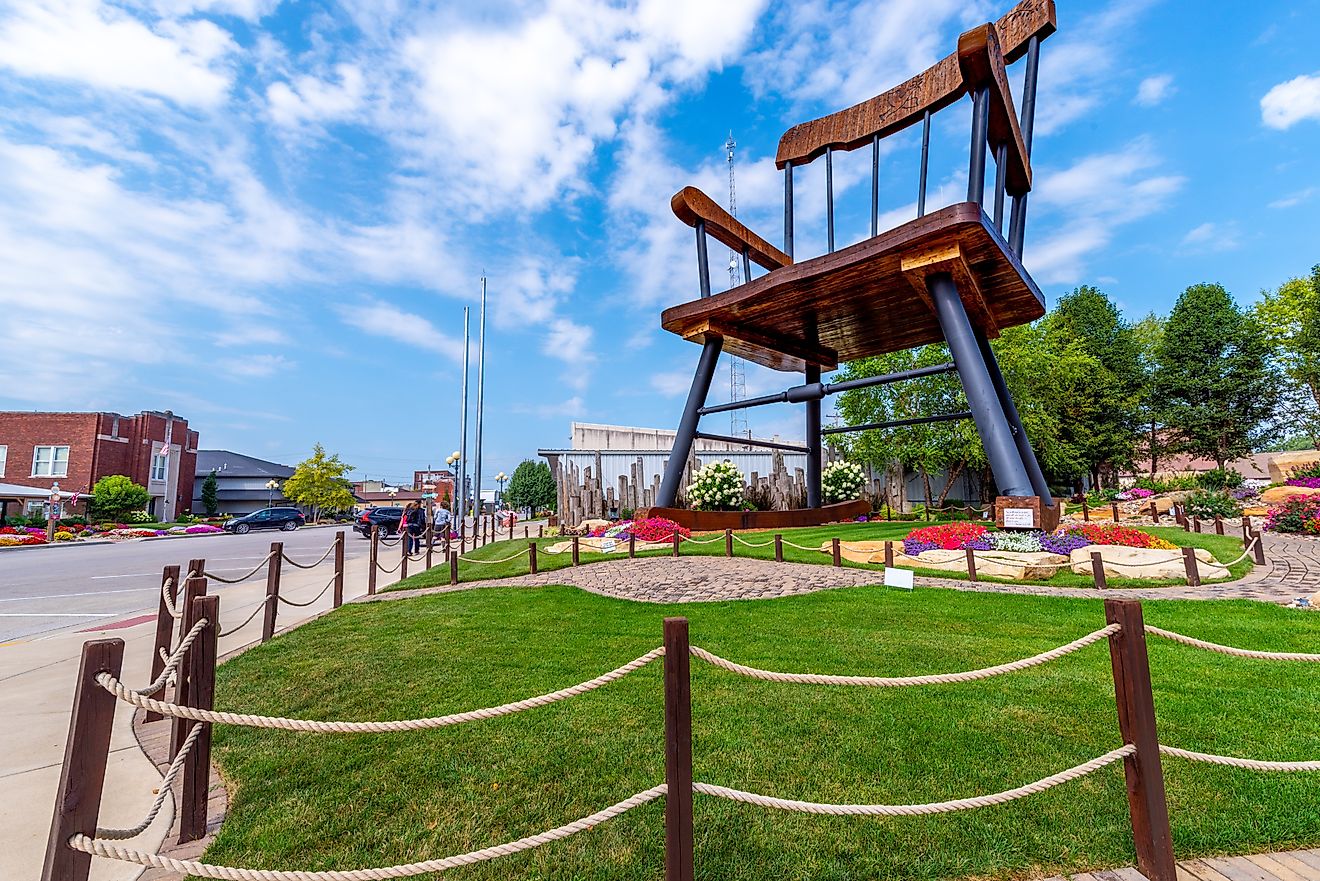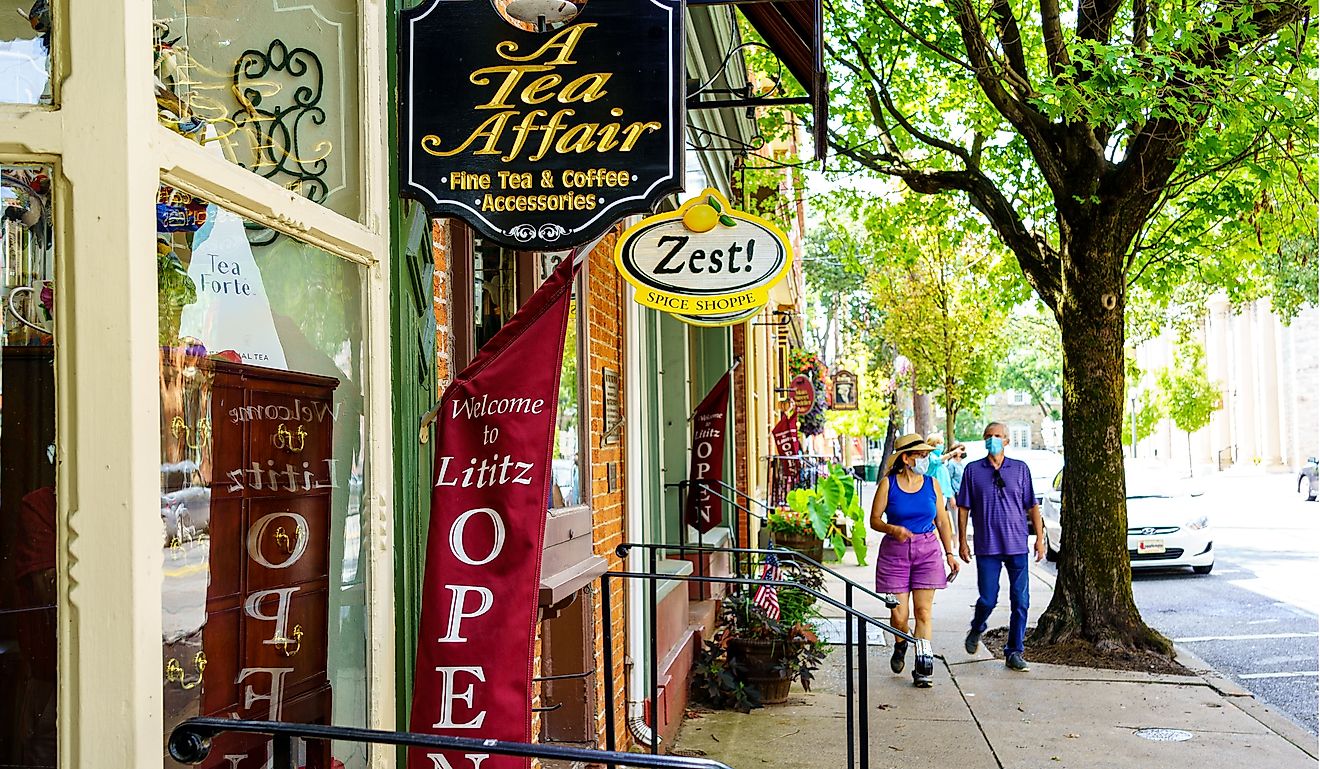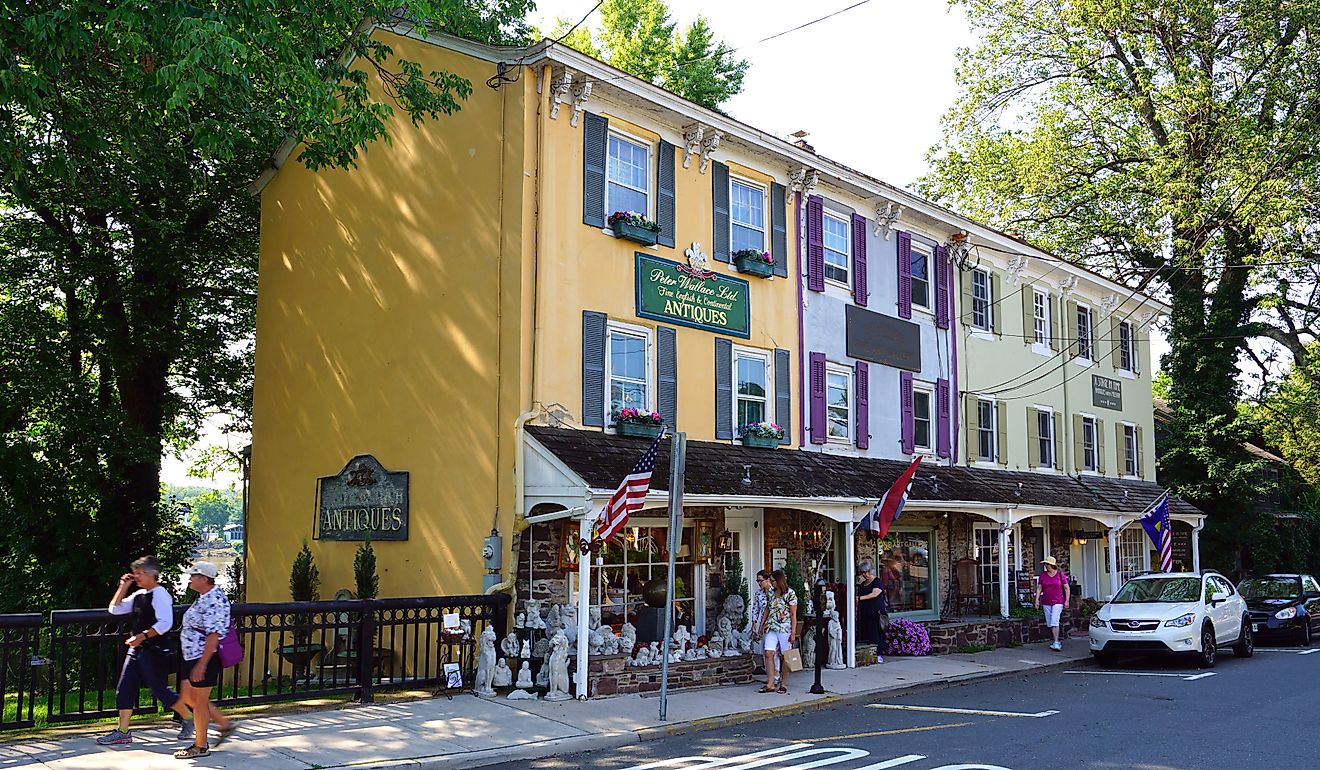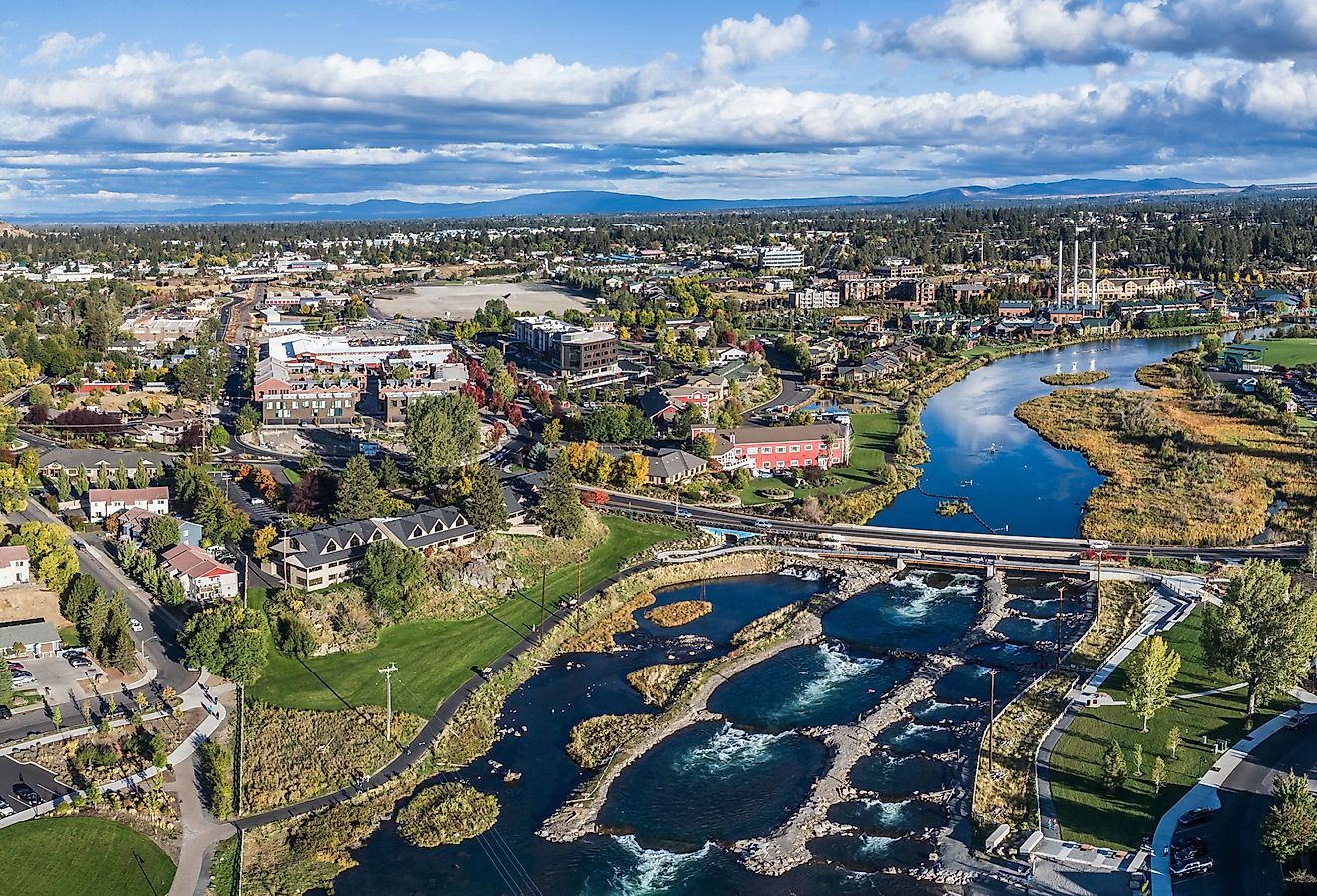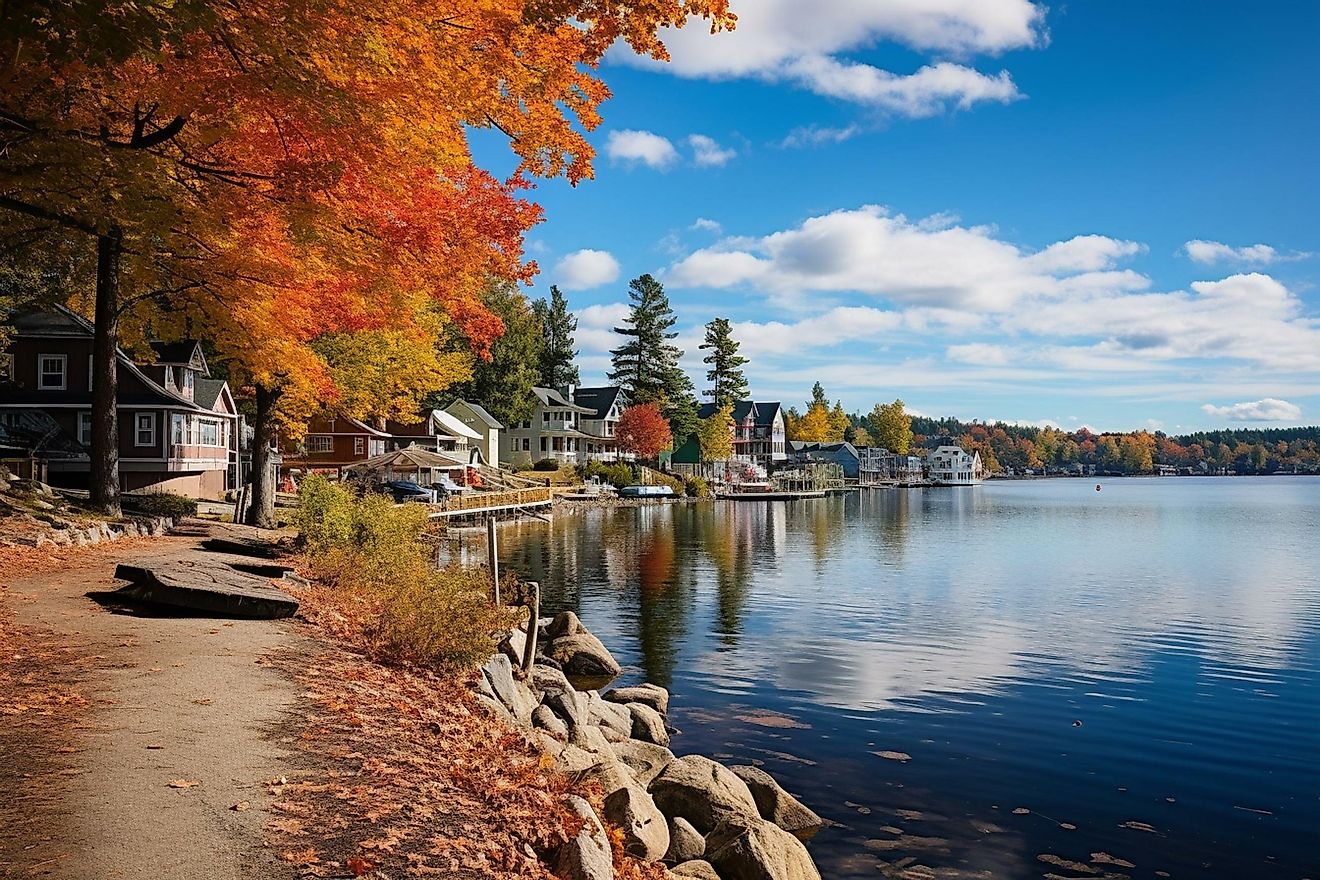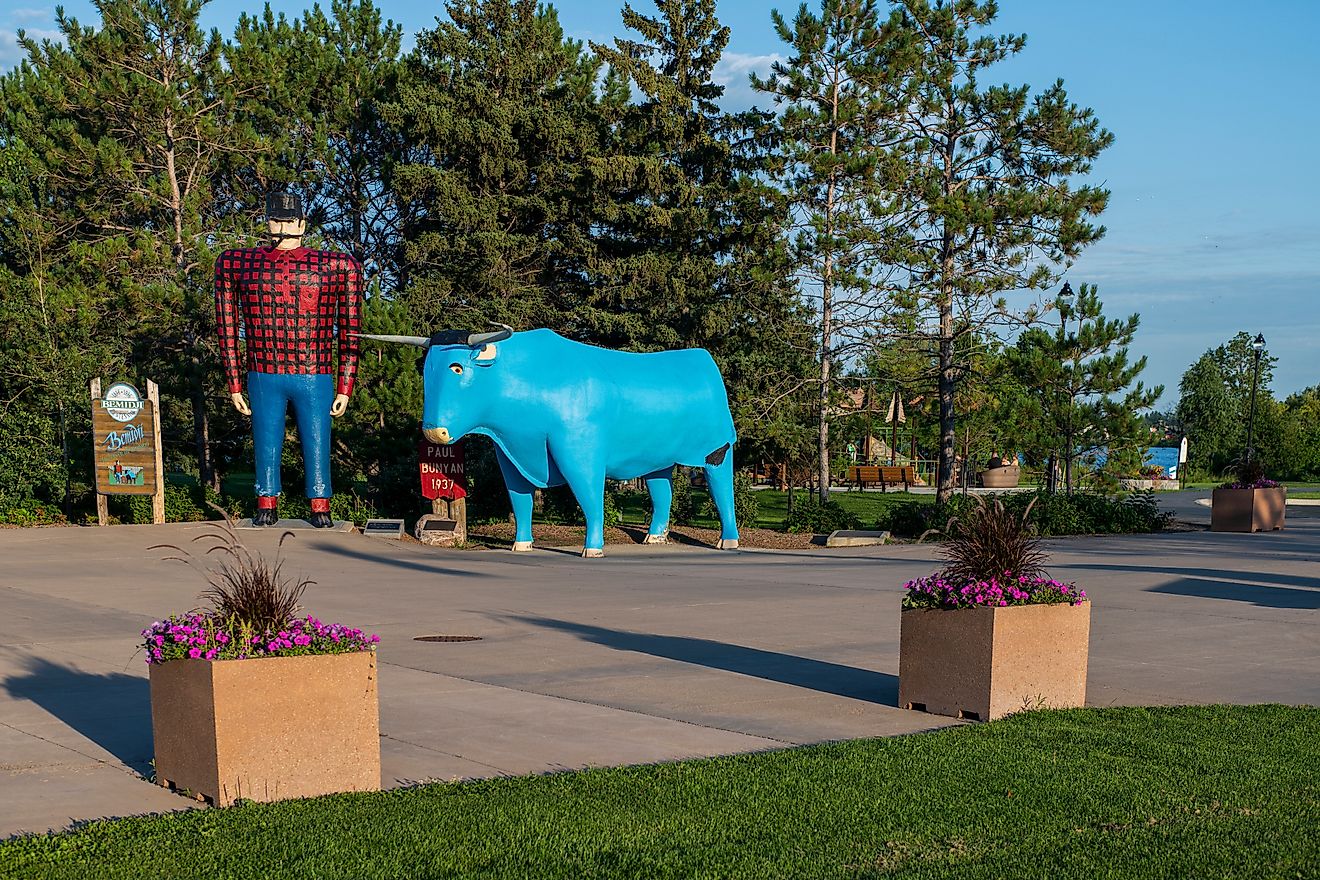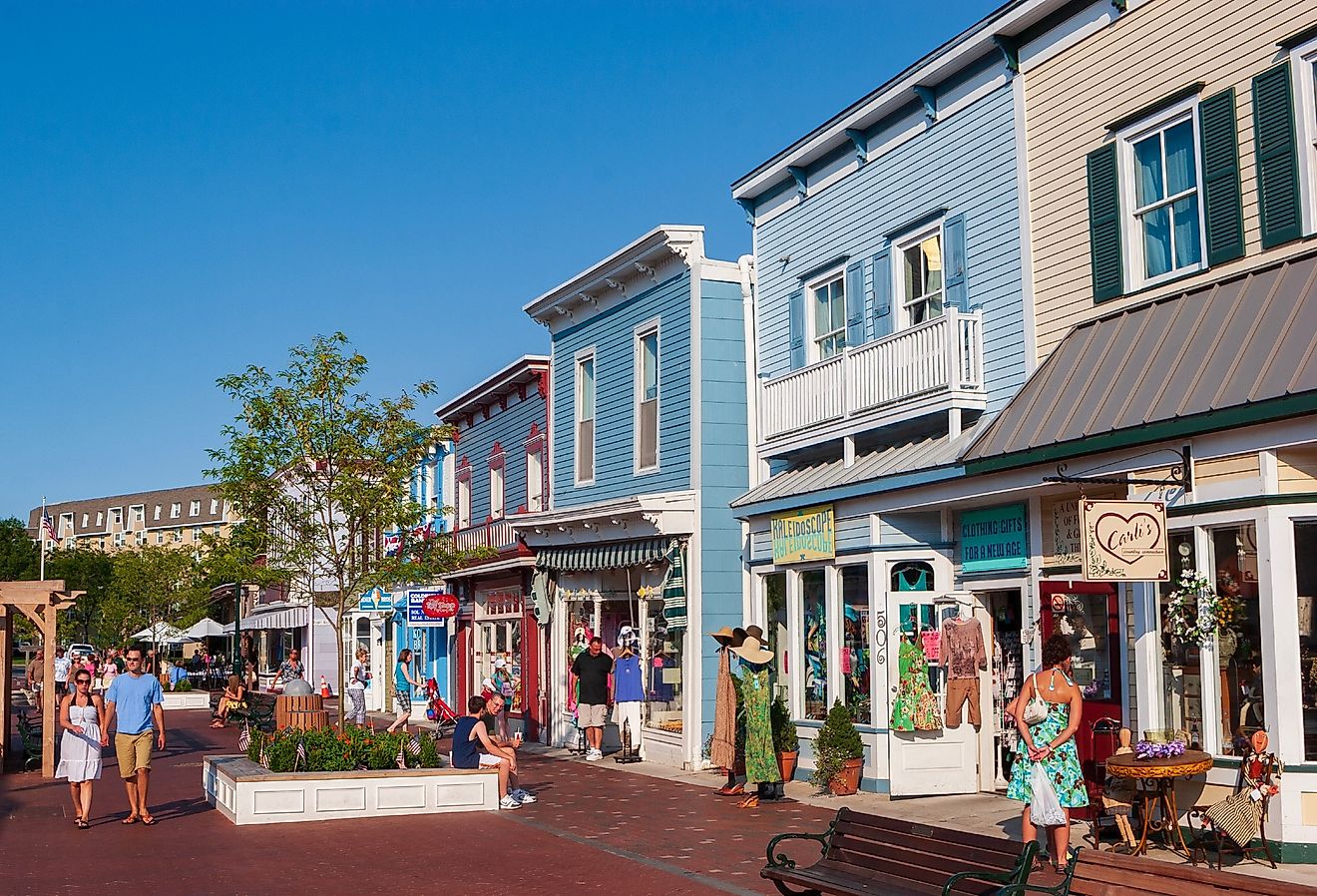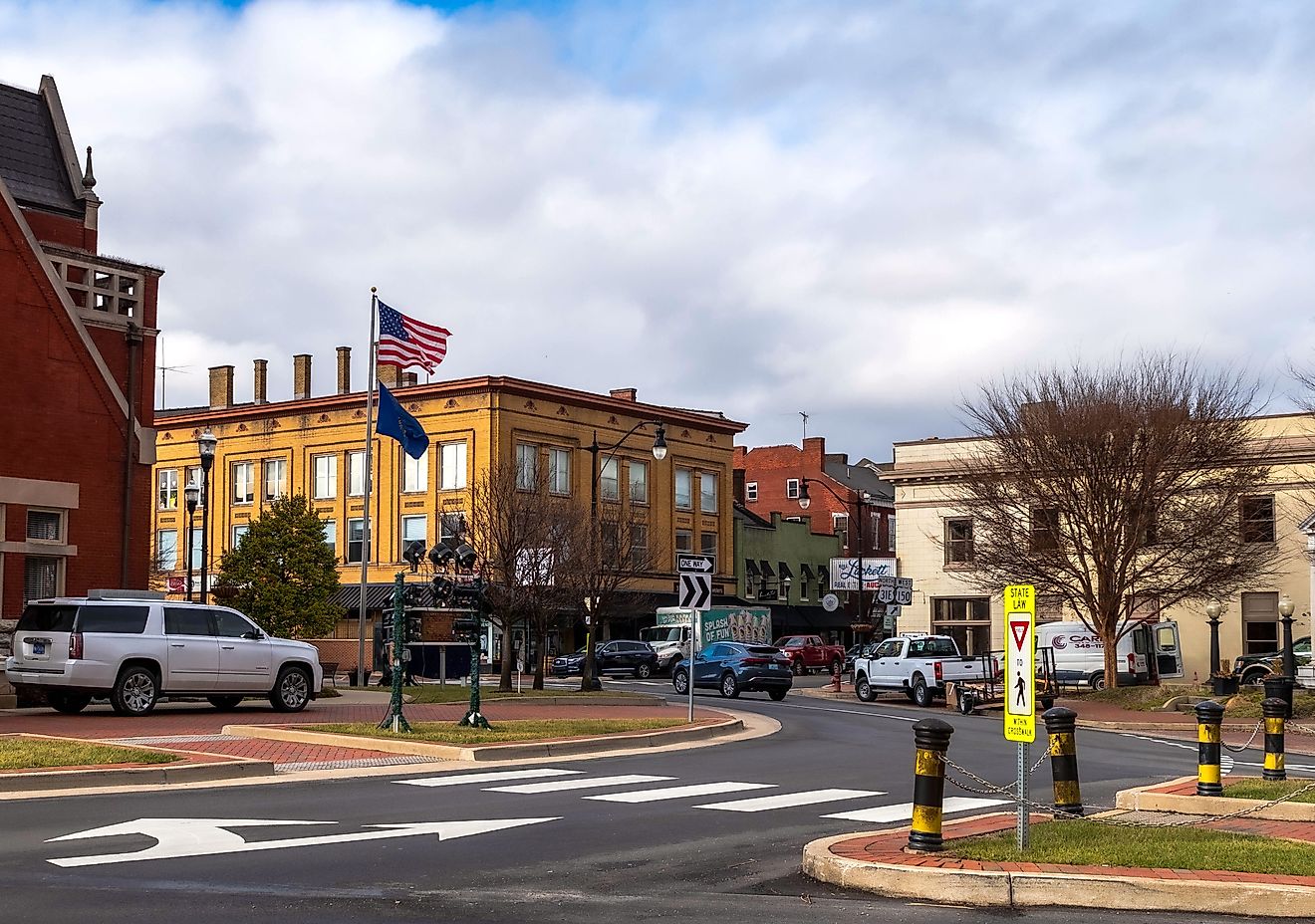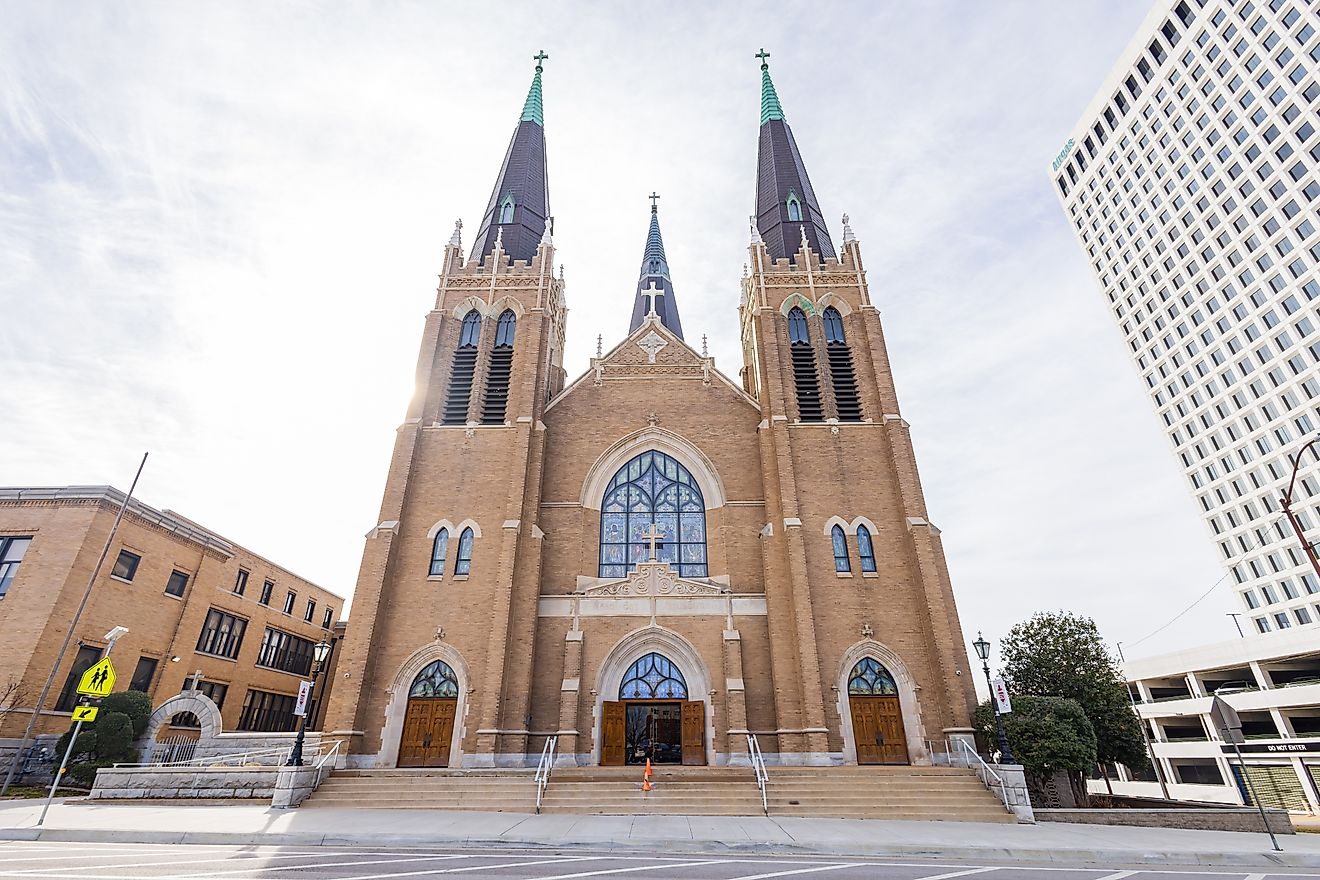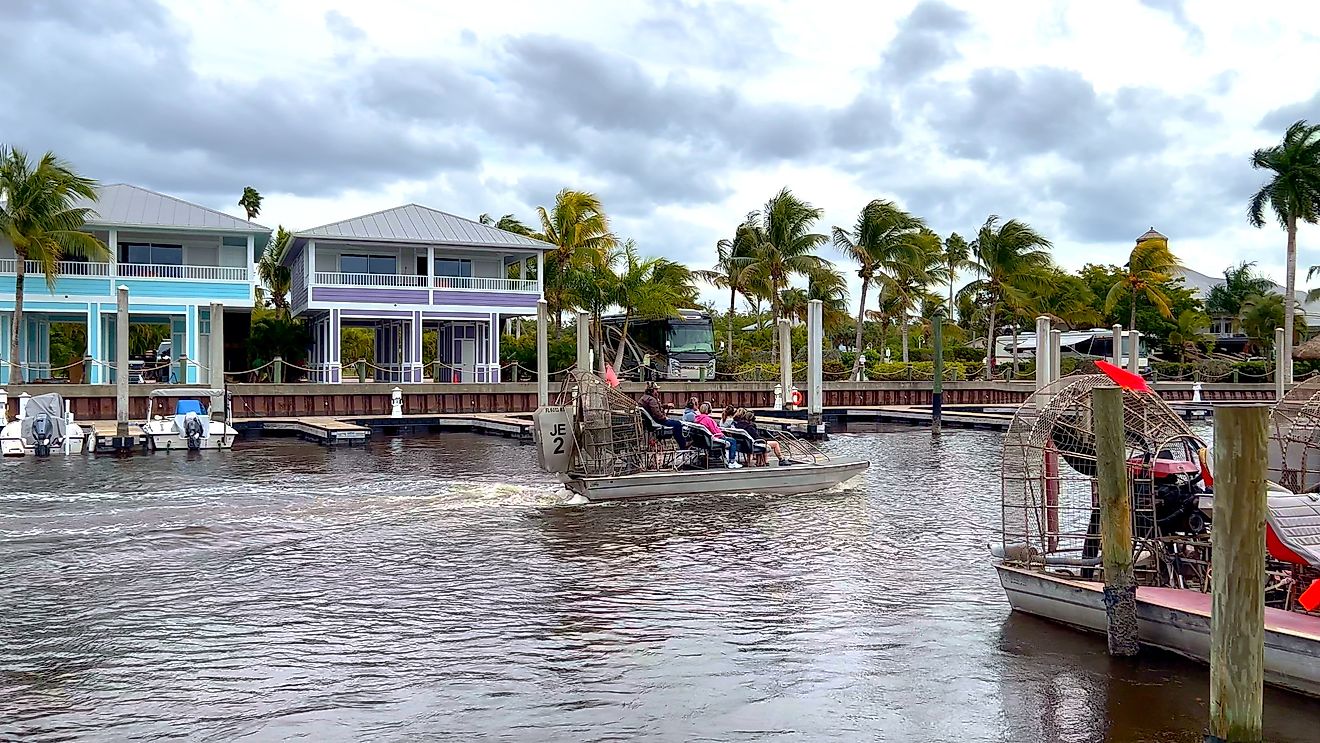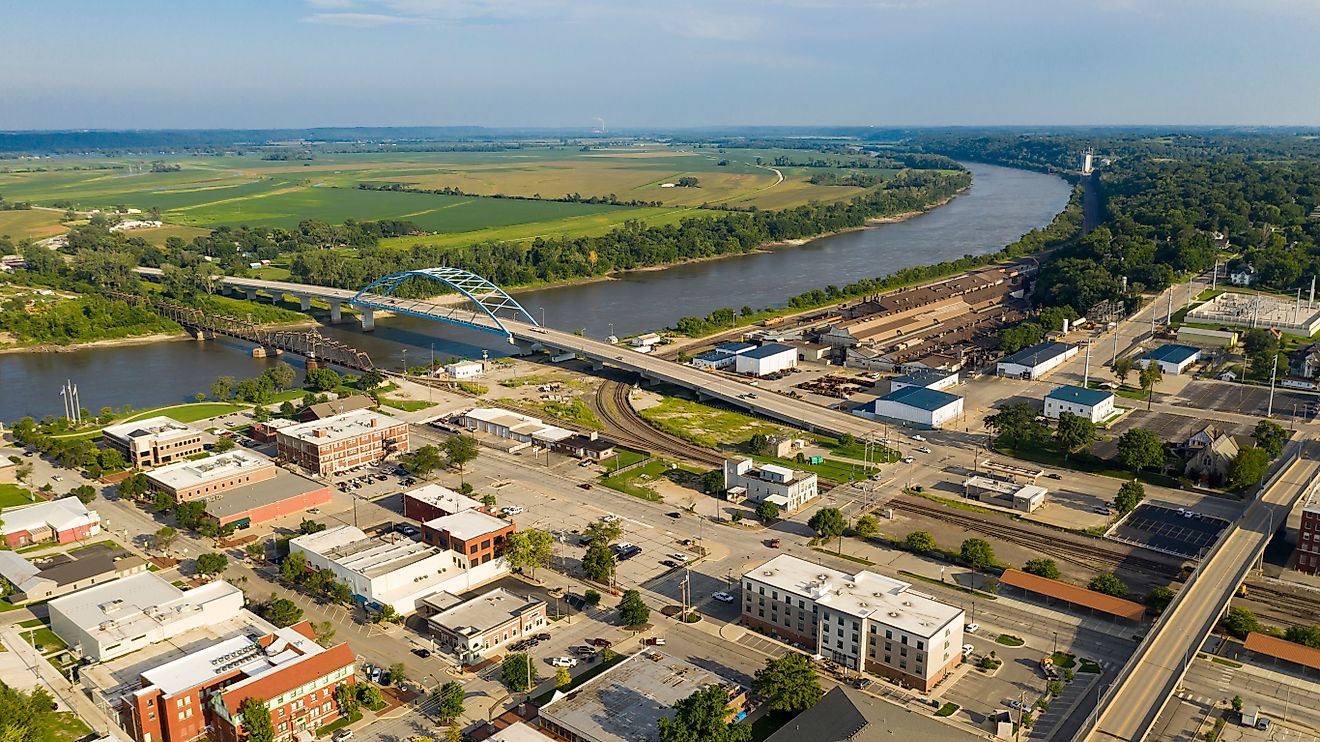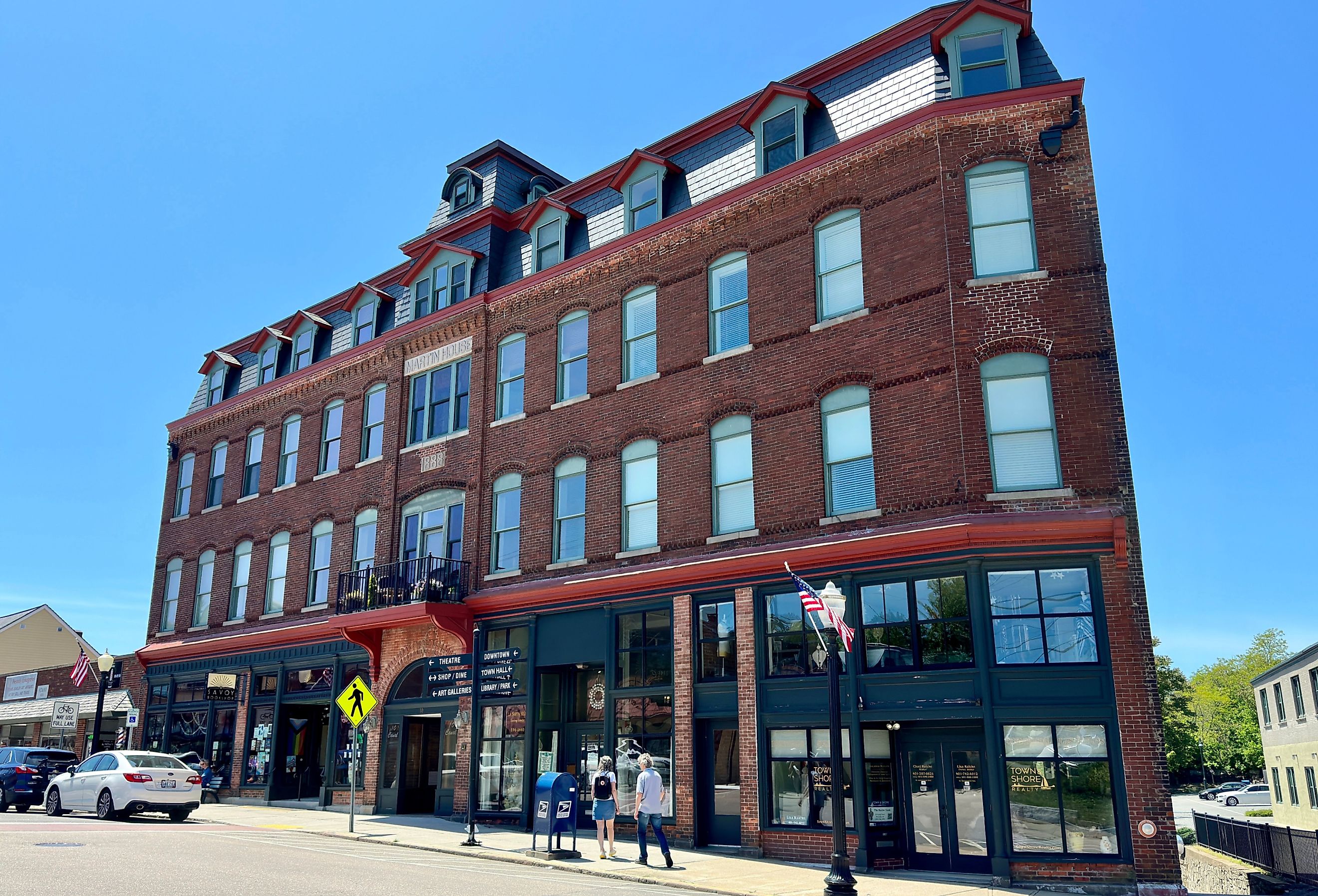
7 Towns in Rhode Island With Rich History
Rhode Island might be a small state, but it is filled with history, with tales of war, colonization, industry, and so much more. This coastal state has a lot to tell, with the towns inside each having a significant role in its history. From the shipbuilders in Bristol to the coastal defenses built in Narragansett, these Rhode Island towns wear their history and display it proudly for anyone willing to learn and listen. Filled throughout these towns are plenty of historical spots and buildings, all reflecting the rich history that the state has been through over the last few centuries.
Bristol
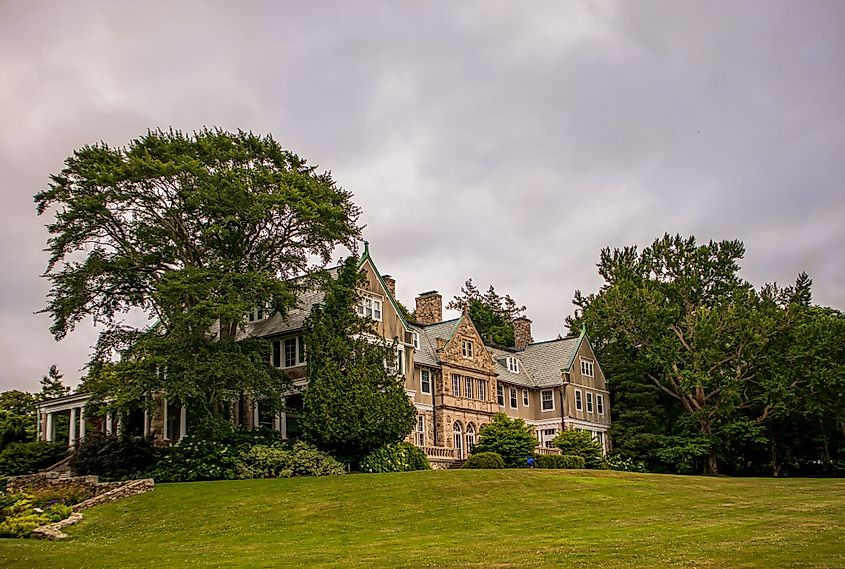
Bristol is a waterfront town right next to the Massachusetts border, between Narragansett and Mount Hope Bay. It holds a lot of historical significance, with it even having the oldest Fourth of July celebration in the country, running since 1785. During the American Revolution, the British and Colonials fought twice in the town, as the waterfront made for easy naval access. What sets the town apart is its prominence in ship building. Shipbuilding has remained a prominent industry in Bristol since its founding centuries ago, with the Herreshoff Marine Museum documenting these vehicles' creation, restoration and history.
Companies like the Bristol Boat Company, Beacon Boats Bristol, and the Bristol Harbor Group still operate in the area, keeping boat construction alive and well. The Bristol Ferry Lighthouse is a prime attraction with stunning views. In addition, a large plot of land was purchased by Samuel P. Colt in the early 20th century and is now used as a recreational area, called Colt State Park, on the coast, with boat ramps and trails running through it like the East Bay Bike Path.
Portsmouth
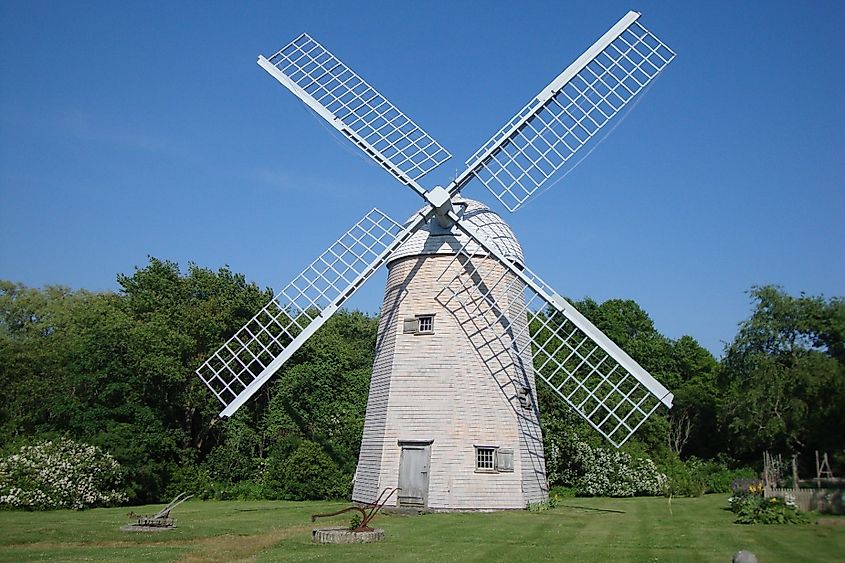
Portsmouth was founded through the Portsmouth Compact, a document signed by Christians who sought religious freedom from Massachusetts at the time. This document is important because it would be one of the first instances of a governing democracy in the Americas. In town is a memorial commemorating the Battle of Rhode Island, fought during the American Revolution, called the Battle of Rhode Island Site. The battle only lasted a day but was significant partially because of it was the only battle in the war where a segregated unit of African-American Soldiers fought. Other landmarks include residential farms like Borden, Greenvale, and the Lawton-Almy Farm.
Meanwhile, the Green Animals Topiary Garden contains so-called "living sculptures," which are trees sculpted to look like animals and objects, like camels and bears. Gardener originally sculpted it, Joseph Carreiro from the early to mid 20th century. The Portsmouth Historical Society opened in 1938, a couple of years after Rhode Island's 300th anniversary, and has a myriad of equipment and artifacts from the town's history available to view through their museum.
New Shoreham
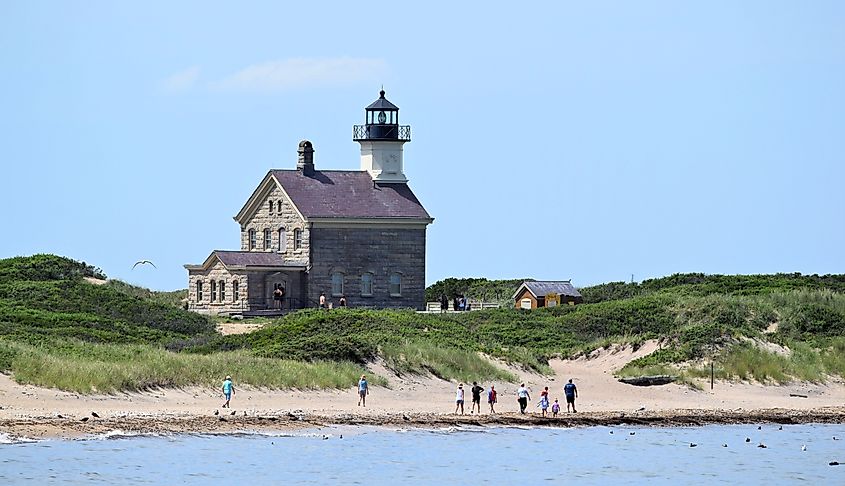
Block Island is a touristy area with plenty of lore, several miles off the coast of Rhode Island. The only town on the island, New Shoreham, established in 1672, takes its name from an English explorer. Block Island was a significant point for the Colonists during the American Revolution because of its scouting potential. Soldiers would go to the aptly named Beacon Hill and light fires to let people on the shore miles away know if any enemy vessels were spotted. An observatory was built on the site but now remains as a private home. Both the Block Island North and Southeast Light were constructed in the 19th century to guide ships and to avoid wrecks, which unfortunately has happened a few times throughout the Island's history.
The oldest hotel in town is the Spring House Hotel, which is still open today to tourists looking to stay the night. Despite the heavy appeal for visitors and commerce, much of Block Island is designated to be preserved open space as of 1971, following the Block Island Conservancy forming. Around 44% of the island has been left to be open natural space.
Narragansett
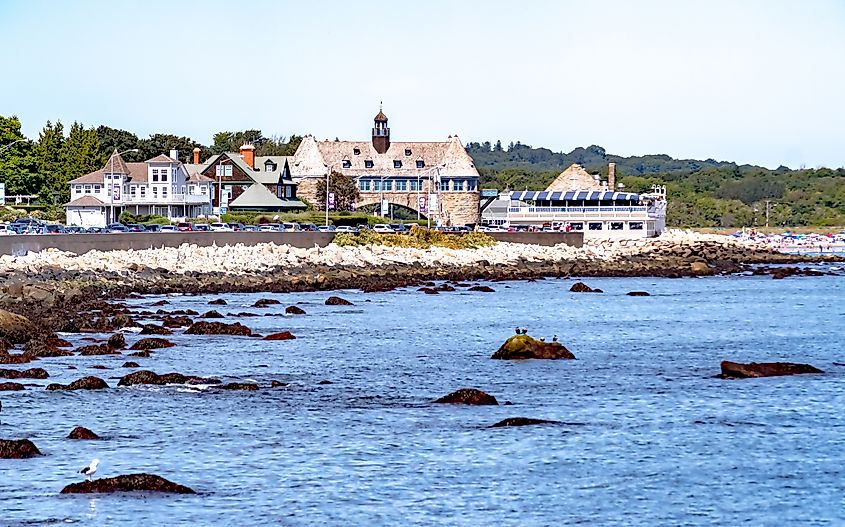
The town of Narragansett takes its name from a Native American tribe of the same name. The Europeans bought the land in the mid-17th century, where it was used primarily for farming and fishing. Commerce boomed through the 1800s, with tourism eventually taking off in the 1850s. This trend continues today, where the population of Narragansett doubles during the summer months. Historic lodgings like the Greene Inn still stand today. However, some hotels like the Rockingham didn't survive and burned down over a century ago. Other historic structures include the Point Judith Lighthouse, Narragansett Baptist Church, and Dunmere, a historic estate commissioned by Robert G. Dun in 1883.
The area around Narragansett was built up for coastal defense during World War II, being sped up after the bombing of Pearl Harbor in Hawaii. Towers and naval guns were constructed but ultimately decommissioned after the war. Areas like the former Fort Nathaniel Greene lie inside the Fishermen's Memorial State Park, which honors the fishermen in the area.
East Greenwich
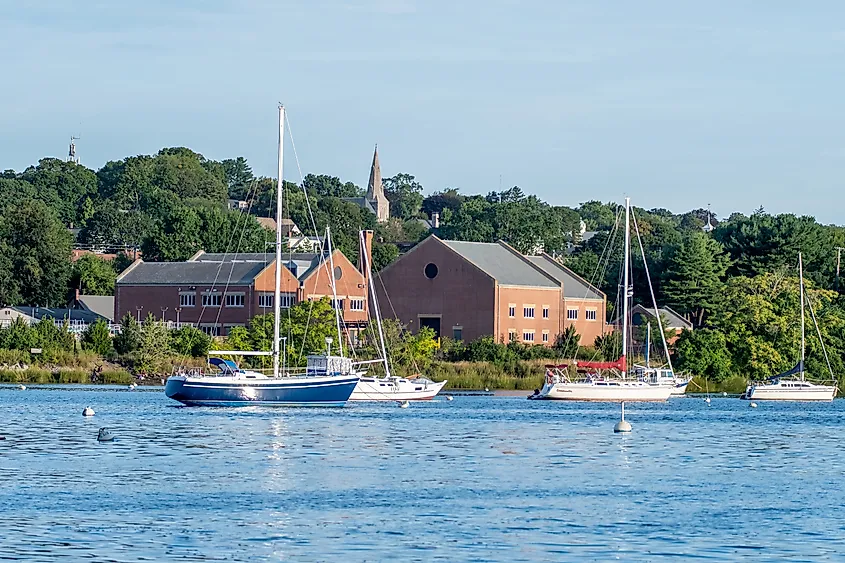
Many of the towns in Rhode Island are named after locations in England, and East Greenwich is no exception, being named after Greenwich. The "East" part of its name comes from when the town was split in 1741, with the rural portion designated West Greenwich. Despite being three times the size, West Greenwich has a significantly smaller population since the east part of town is more urban. In the 1800s, many immigrants came to East Greenwich, settling into the neighborhood "Scalloptown" since fishing was one of the area's main sources of employment. The town deemed that the houses in the area had unfit living conditions. Now, the area is the site of a park with the same name, paying homage to the immigrants who lived there.
The East Greenwich Historic District runs through the town's main commercial area, with lots of residential houses and architecture still present. Building styles range from Colonial, Federal, Early Georgian, Victorian, and many more, covering several centuries' worth of buildings and structures, including Colonel Micah Whitmarsh and the Clement Weaver-Daniel Howland Houses.
Smithfield
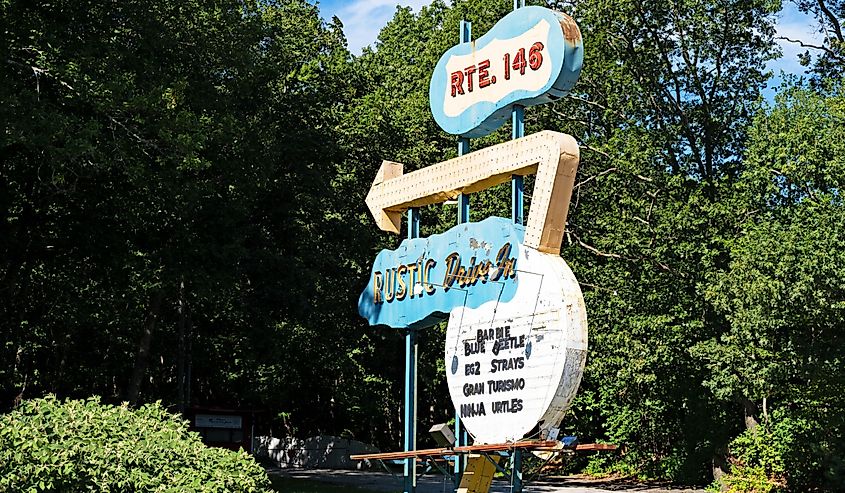
The town of Smithfield is remarkable not only because it contains separate historic villages but also because it split up in the 19th century. The villages inside Smithfield include Greenville, Esmond, Mountaindale, Hanton City, Stillwater, and Georgiaville. Meanwhile 1871, Lincoln, Central Falls, and North Smithfield became separate, leaving the present Smithfield with a land area of around 27.8 square miles. Smithfield was built on manufacturing, with villages like Esmond and Georgiaville having heavy cotton milling and production. Heading into the 1900s transformed Smithfield from an agricultural community to a mill town and now a more suburban living space, with help from technological advancements making larger factories for cotton somewhat obsolete.
Most buildings listed on the National Register of Historic Places for Smithfield are residential houses built in the 1800s, like Smith-Appleby, Ira B. Sweet, the Waterman-Winsor Farm, and the Stephen Winsor House. Others include commercial buildings and churches, like the Saint Thomas Church, Allenville Mill Storehouse, and the Smithfield Exchange Bank.
Westerly
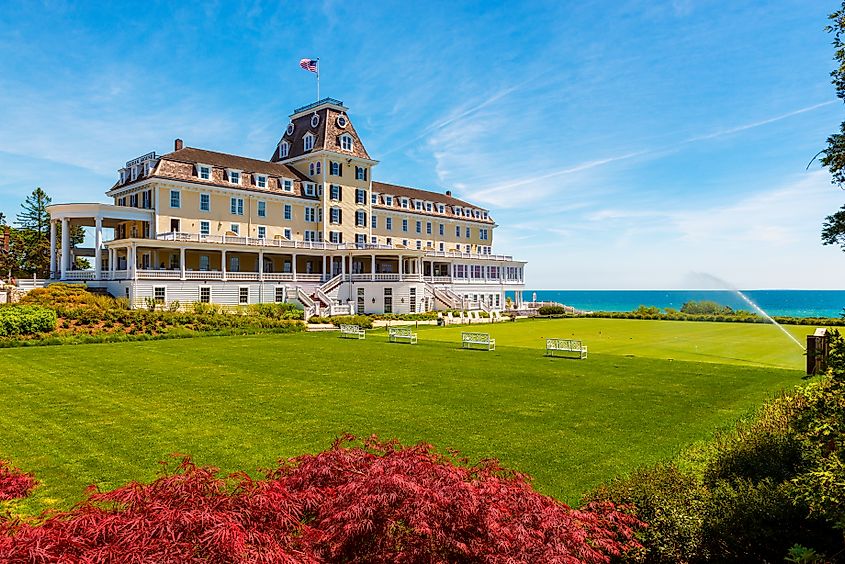
Westerly gets its name from its position in the southwest corner of Rhode Island. The town was once a shipbuilding hub, with gunboats being constructed just before the War of 1812. Other industrial ventures included textile production and granite mining. The granite found in Westerly at Potter and Bradford Hill was commonly used in Civil War monuments nationwide. The Pawcatuck River on the west side of town separates it from Connecticut and flows into Little Narragansett Bay. Westerly has a few historic districts, including North End, Watch Hill, Bradford Village, and Westerly Downtown, among others, each with a different collection of 18th and 19th-century structures like the Lewis-Card-Perry house and the Flying Horse Carousel, which is the oldest operating carousel in the country.
Wilcox Park is a registered Historic District designed in the late 1800s by Warren H. Manning. Now, it serves as a public park and arboretum, with different types of gardens displayed throughout, such as an herb garden, perennial, and dwarf conifer garden. A memorial stands in the form of a fountain, the Wilcox Memorial Fountain, made to commemorate the people who wanted the park to be created in the first place, Harriet and Stephen Wilcox. Westerly's primary sources of income today are still textile manufacturing, along with tourism during the summer, where its many beaches are quite popular.
The state of Rhode Island might be small, but it has as much, if not more, history as the 12 other colonies. Its motto is "Hope," which reflects the people like Roger Williams who helped form towns in the area and helped build the country today. The coastline and the exuberant history make for both an enchanting and culturally significant part of US History.
